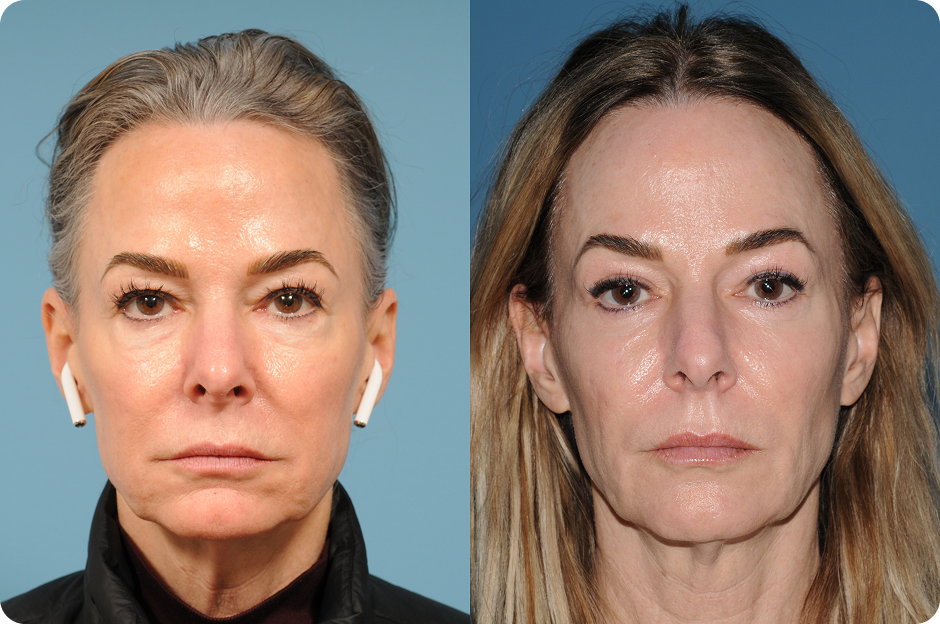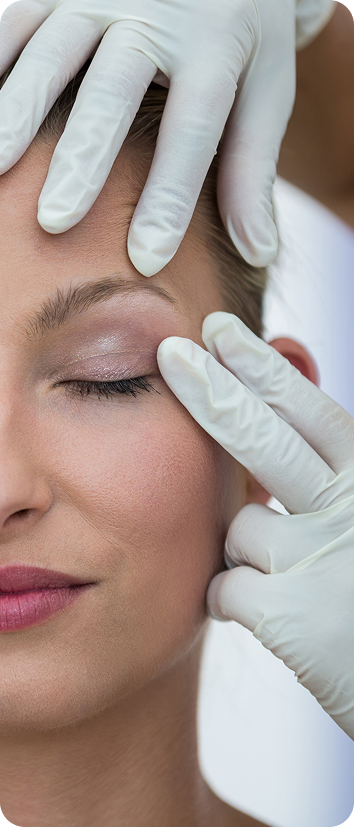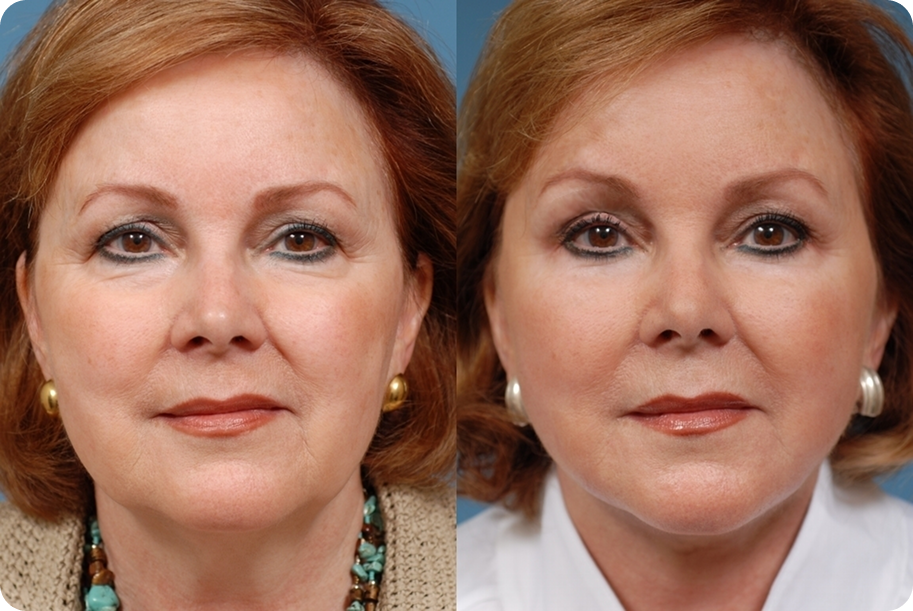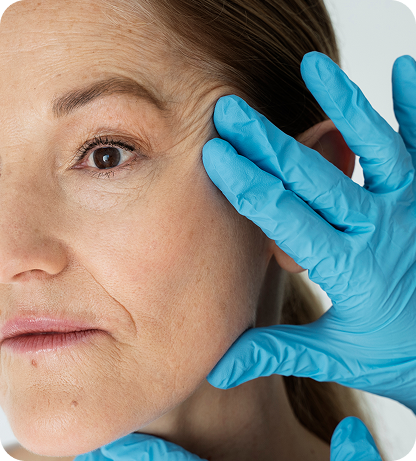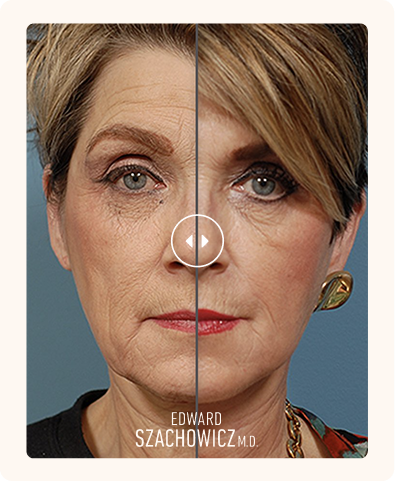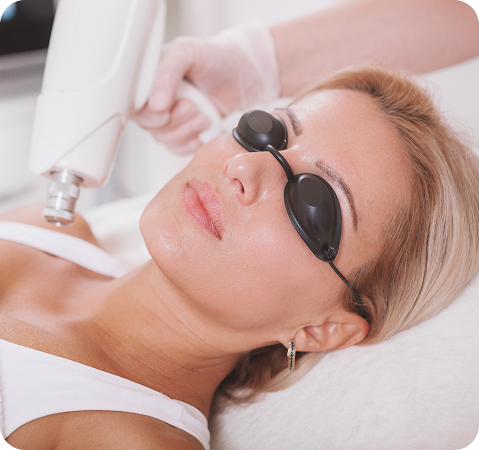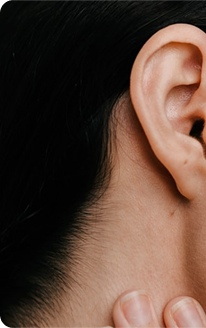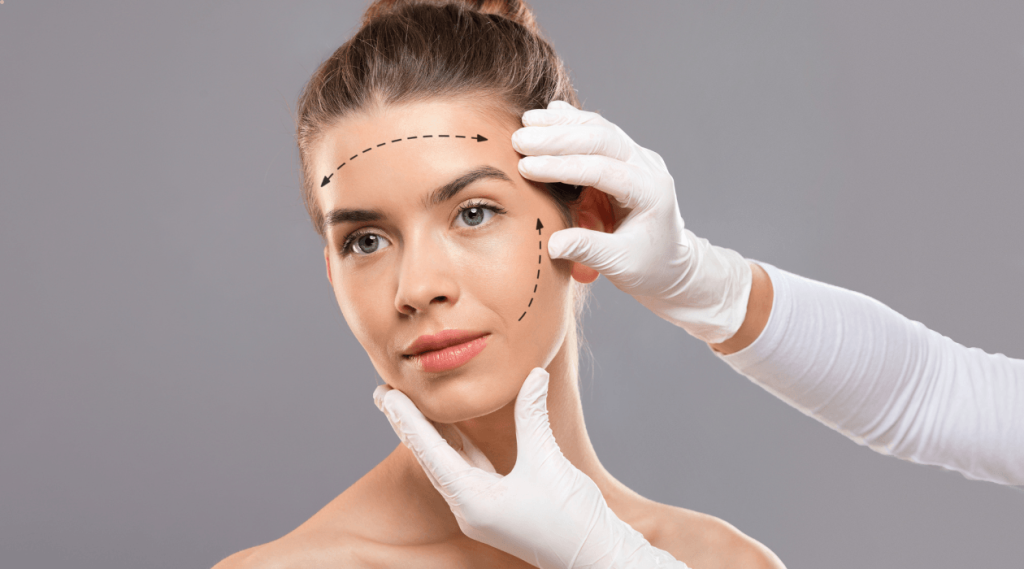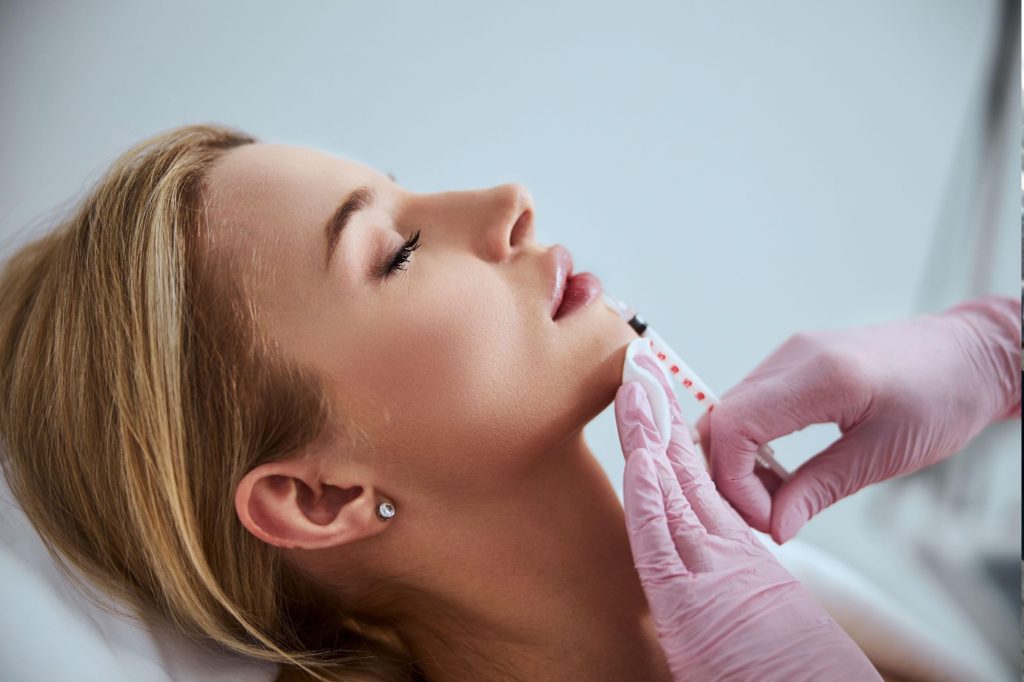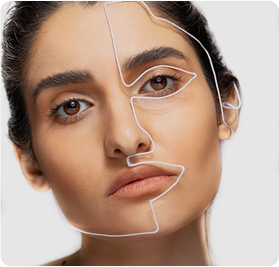Endoscopic Brow Lift
Of all approaches to surgery to lift the forehead, one of the most common is the endoscopic approach. Many people are familiar with other minimally invasive surgery now done through small incisions with the aid of tiny telescopes and instruments. Endoscopic surgery on the brow begins with only four small incisions hidden within the hairline. Using lighted telescopes, a monitor, and specially designed instruments, structures of the forehead and brow are released, starting from the hairline all the way down to the bony rim. The muscles responsible for frowning are then surgically weakened. Structures of the eyebrows and forehead are now ready to be elevated to create a height and shape to the brow that are more youthful, and to open the appearance of the entire region around the eyes.
To maintain the proper position of the brow during the healing process, the forehead is supported in an elevated position by an absorbable Endotine device. This device has the ability to hold the forehead and brows in position for up to three months as your body heals the brow back to the underlying bone in its new elevated form. The four small incisions are then closed within the hairline and become barely visible with healing.
The popularity of the endoscopic approach stems from the very natural results of the brow lift, the preservation of the shape and density of the hairline, and the minimal incisions in the scalp. The endoscopic brow lift is often the first procedure considered to correct the earliest signs of facial aging, and is frequently combined with blepharoplasty, or surgery on the upper eyelid. When combined with facelift surgery, the endoscopic brow lift brings a blended harmony to the overall facial rejuvenation, as the upper and lower facial units are re-draped together, giving the most natural appearance.
